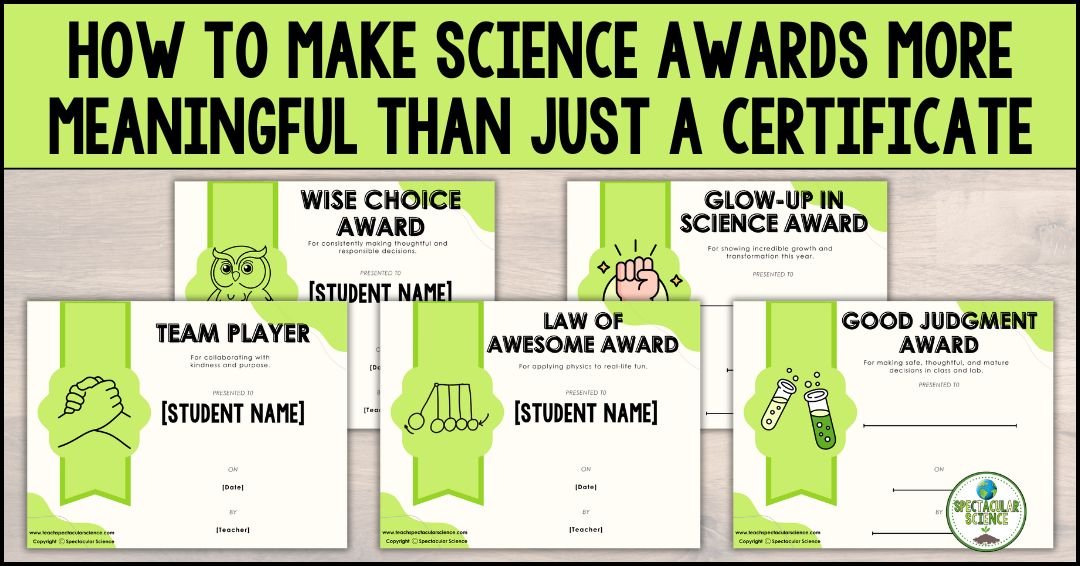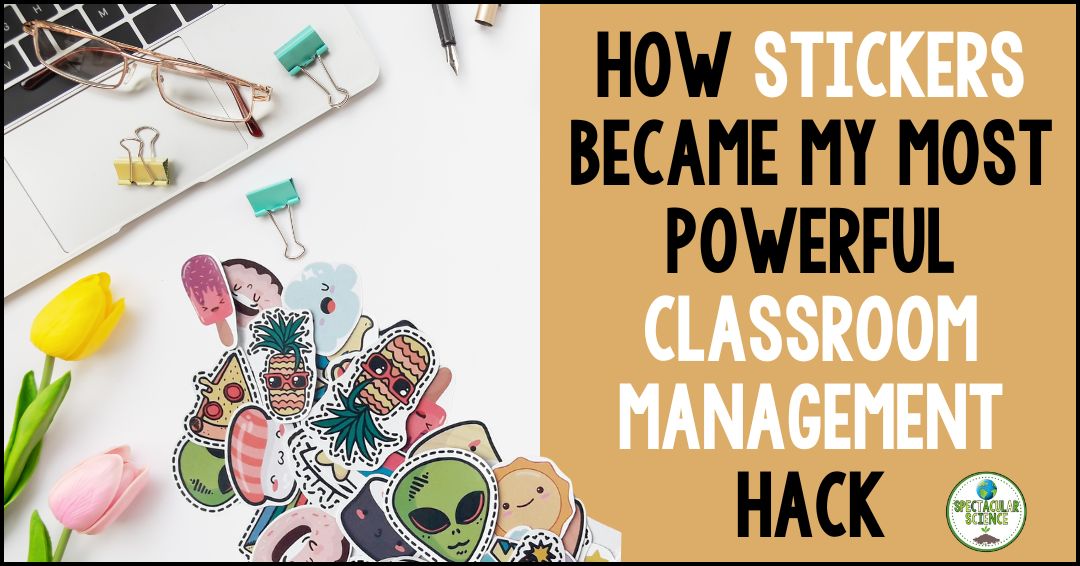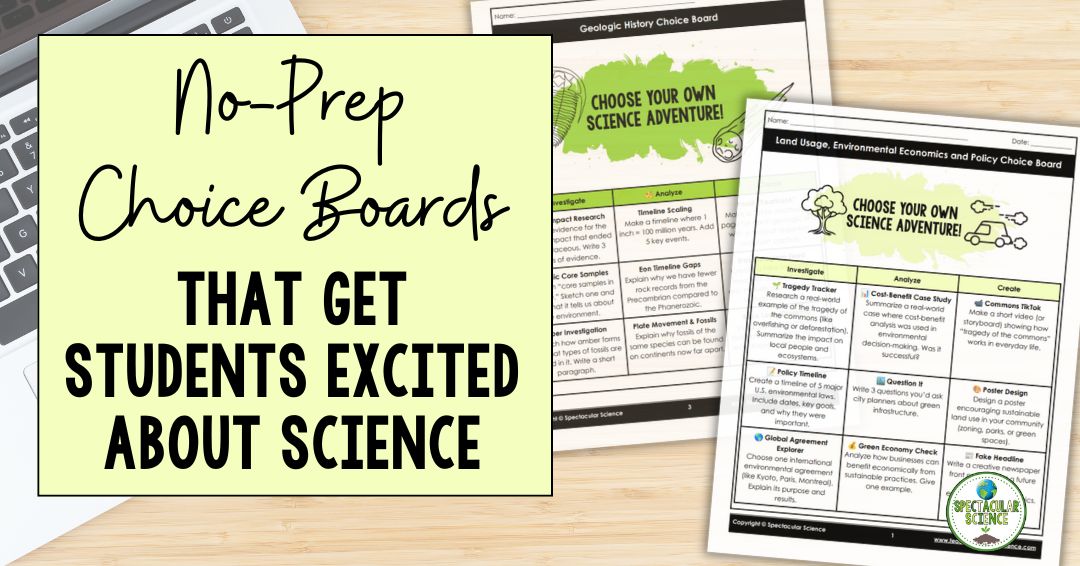
Dichotomous keys are a powerful tool in science, helping students classify both living and non-living things based on their observable traits. By introducing students to these essential classification tools, we give them the skills to think critically, make logical decisions, and observe the world around them in a new way. In this post, I’ll walk you through how to introduce dichotomous keys in your classroom and share a fun, hands-on activity that will have your students thinking like real scientists.
Why Dichotomous Keys Matter
At their core, dichotomous keys are step-by-step guides used to identify objects or organisms based on observable characteristics, such as size, shape, or color. Whether you’re classifying living creatures like plants and animals or non-living objects like minerals and tools, dichotomous keys provide a clear and structured way to identify and organize them. This process not only helps students practice classification but also strengthens their critical thinking, problem-solving, and observation skills.
By understanding how to use dichotomous keys, students learn the importance of making careful observations and logical decisions—skills that are useful across all scientific fields.
Introducing Dichotomous Keys to Your Students
Before diving into hands-on activities, it’s important to give your students a solid understanding of what dichotomous keys are and how they work. A great way to start is with a clear and engaging presentation that explains the concept step by step.
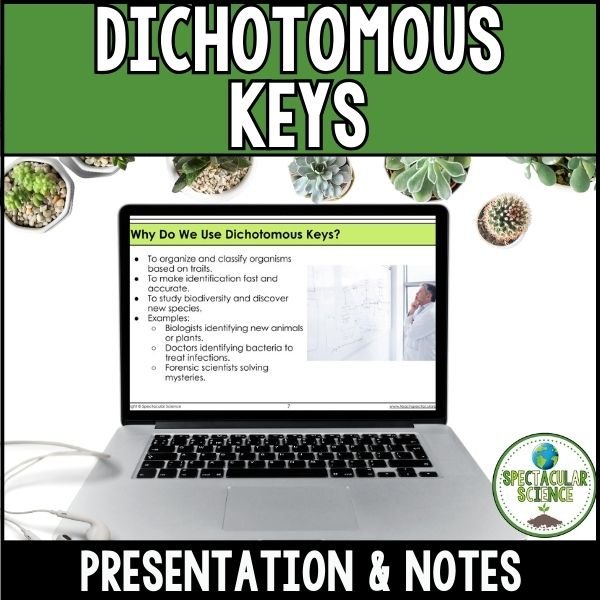
The Introduction to Dichotomous Keys Presentation & Notes is a fantastic way to kick things off. It’s a 20-minute lesson that introduces the essential question: “How can we use dichotomous keys to classify and identify objects and organisms?” Through relatable examples, clear visuals, and interactive activities, students will understand the purpose of dichotomous keys and how they’re used in science.
The presentation walks students through a real-world example of a dichotomous key, showing how it works with both living and non-living things. By the end, your students will feel confident in using dichotomous keys for their own observations and classifications.
Teacher Tip: After presenting, do a quick activity with everyday objects (like classroom supplies or nature samples) to help students practice using dichotomous keys in a fun and hands-on way.
A Fun Classroom Challenge: The Dichotomous Key Candy Classification Lab
Once your students have the basics of dichotomous keys down, it’s time to put them to the test with a hands-on activity that’s as fun as it is educational. The Dichotomous Key Candy Classification Lab gives students the chance to use a dichotomous key to classify different types of candy based on their observable traits—color, shape, size, and more. But don’t worry if you can’t use real candy in your classroom; printable candy cards are available to make the activity allergy-friendly and accessible.
In the first part of the lab, students will identify candies like Hershey’s Kisses, Skittles, and Jolly Ranchers using a dichotomous key. After that, they’ll create their own dichotomous key for five objects of their choice. This encourages creativity while reinforcing the skills of logical classification.
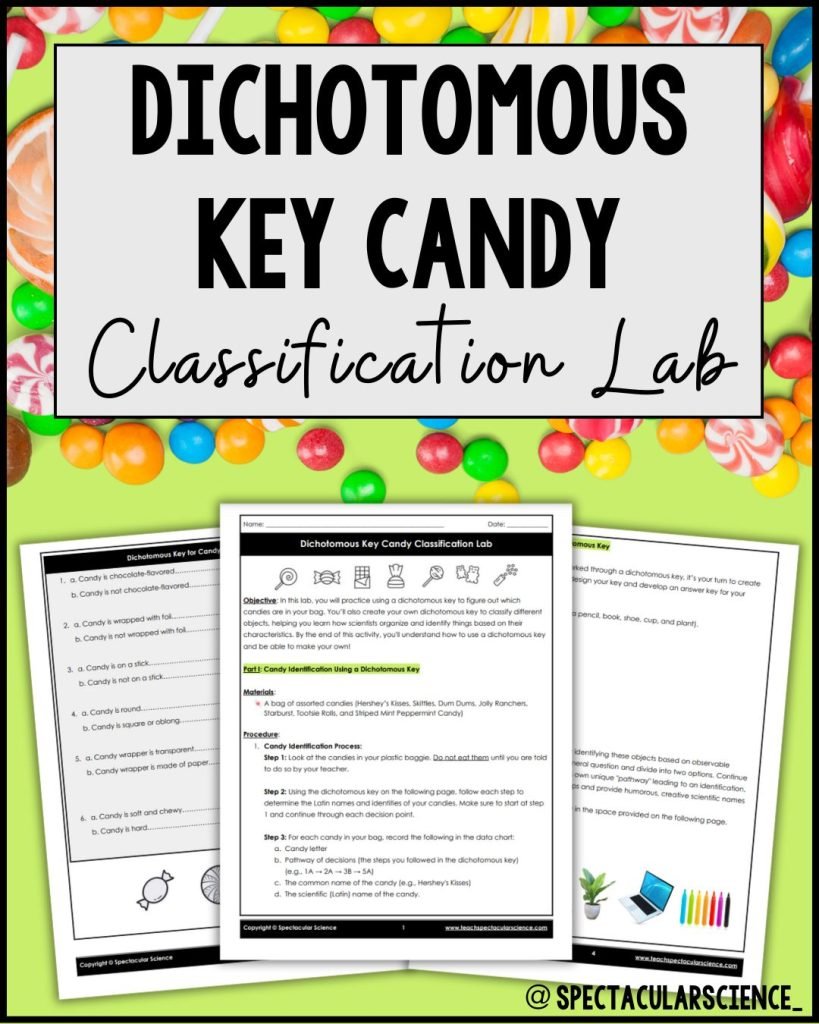
Teacher Tip: If you’re concerned about managing candy in the classroom, pre-package small amounts into bags before the lesson so students can focus on the classification process without distractions.
Finally, the activity wraps up with a set of reflection questions. These encourage students to think about how dichotomous keys are used in real-world science and how they might apply them in their own observations.
Empowering Students with Scientific Tools
The beauty of teaching dichotomous keys is that it opens up a world of discovery for students. It’s not just about sorting objects—it’s about giving them a scientific lens through which they can view the world. From identifying a mysterious rock they find on a hike to analyzing the diversity of life in a local park, dichotomous keys give students a tangible, real-world tool to make sense of the complexity around them. This process empowers students to think independently, approach problems systematically, and feel confident in their ability to analyze and classify the world scientifically. It’s an invaluable skill that nurtures the scientific mindset and fosters curiosity in students—skills they’ll carry with them far beyond the classroom.
If you’re looking for even more ways to engage your students in science, check out my blog on How to Make Inquiry-Based Learning Part of Your Science Lessons for ideas on fostering student-driven exploration and discovery in your classroom.

Want to Go Deeper?
For more in-depth exploration of classification, the Characteristics of Living Things Unit is a great follow-up to this lesson. It includes additional activities on classifying living organisms and teaches students about the traits that make something alive. Through sorting activities, labs, and interactive presentations, this unit will help students understand classification on a deeper level.
Teacher Tip: Take classification beyond the classroom by challenging students to find and classify objects or organisms in their everyday environment! Have them create their own simple dichotomous key using items from nature, their lunchbox, or even their school supplies. This real-world connection reinforces the importance of classification and shows students how scientists use these skills in the field.
Ready to Get Started?
Bringing dichotomous keys into your classroom is a game-changer for helping students develop observation and classification skills. Whether they’re identifying candy, classroom objects, or living organisms, these tools make science interactive, engaging, and fun.
So, why not give it a try? Grab the Introduction to Dichotomous Keys Presentation & Notes and the Dichotomous Key Candy Classification Lab, and watch your students start thinking like real scientists. Who knew classification could be this sweet?
Have you tried using dichotomous keys in your classroom? Drop a comment below—I’d love to hear your favorite activities!















